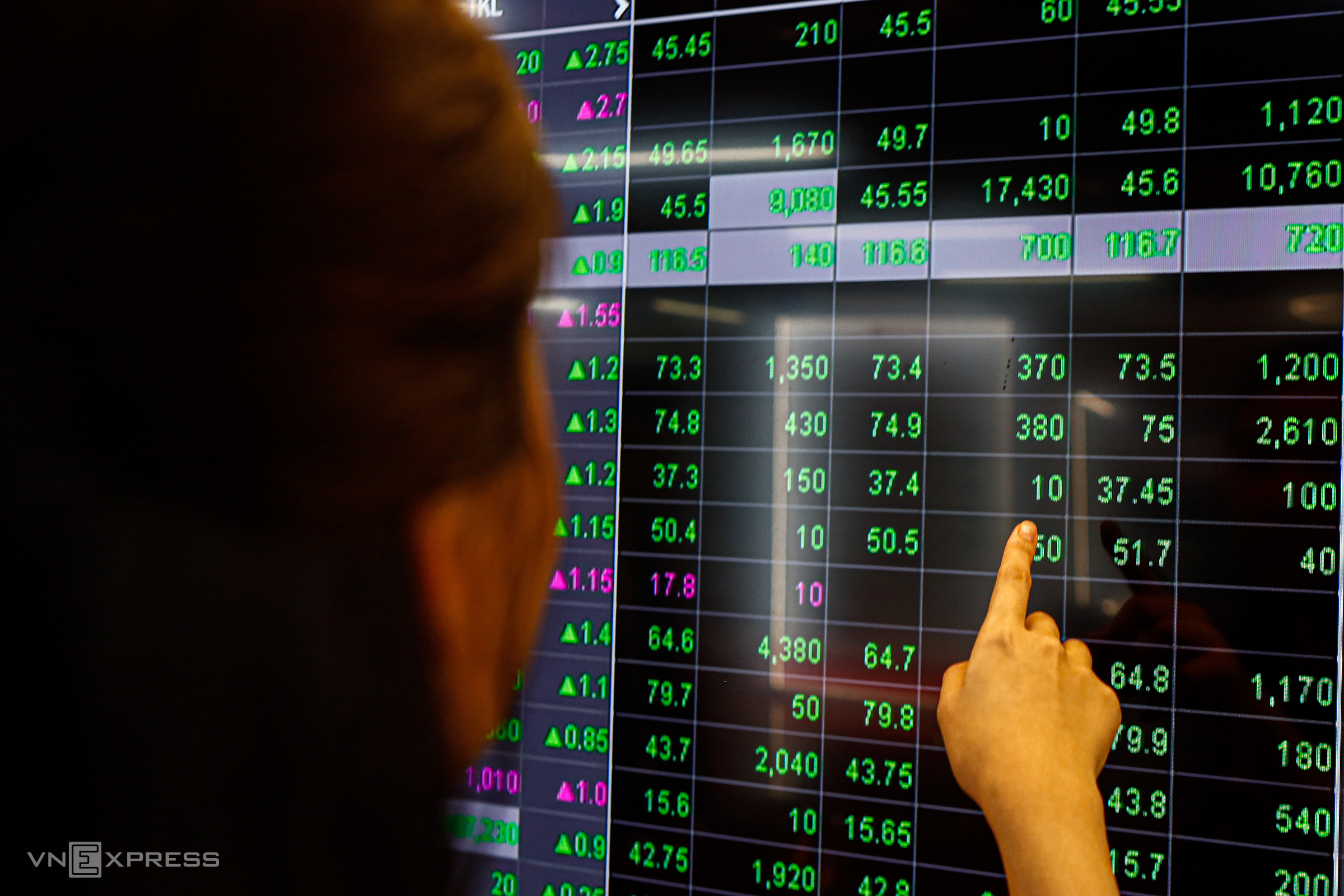Investors, like consumers, love a good bargain and hate overpaying. That's why, when evaluating potential investments, financial analysts often use familiar phrases like "cheap stocks," "undervalued stocks," or "stocks selling at a discount."
However, these aren't subjective judgments. They can be determined through clear quantitative formulas, the most common being the price-to-book (P/B) ratio and the price-to-earnings (P/E) ratio.
The P/B ratio compares a stock's price to its book value. It's calculated by dividing the stock's current closing price by its book value per share in the most recent quarter.
The P/B ratio formula is: Stock Price / (Total Assets - Intangible Assets - Liabilities)
For example: Company A has total assets of 200 billion VND and total liabilities of 150 billion VND recorded on its balance sheet. Its book value is therefore 50 billion VND. If the company has 2 million outstanding shares, the book value per share is 25,000 VND. If Company A's stock is currently trading at 50,000 VND, its P/B ratio is calculated as follows: P/B = 50,000 / 25,000 = 2.
The P/E ratio assesses the relationship between a stock's market price and its earnings per share (EPS). This ratio indicates how much investors are willing to pay for each VND of earnings generated by the stock, or how much they are willing to pay for a company's stock based on its earnings.
The P/E ratio formula is: Market Price per Share / Earnings per Share
For example: If the market price of Company A's stock on 31/12/2024 is 50,000 VND and its EPS for the year is 4,500 VND, then its P/E ratio is more than 11.1.
After calculating these valuation ratios, experts often compare them with those of companies in the same industry, the overall market, or the stock's own historical performance. This helps them determine if a stock is "cheap" compared to its peers, the market, or its own trading history.
Returning to the example of Company A, its current P/E ratio is over 11.1. Its average P/E ratio over the past 5 years is about 16. This comparison might suggest to investors that Company A's stock is currently trading at a 30.6% discount to its usual valuation.
 |
Investors monitor the stock market board. Photo: An Khuong |
So, should you buy "cheap" stocks? The P/B and P/E ratios are just two of many metrics investment experts use to determine how a company is trading relative to its intrinsic value. The practice of buying stocks "cheap" relative to their underlying value is called value investing – a core strategy of renowned market figures like economist Benjamin Graham and billionaire Warren Buffett.
If a company can consistently grow its earnings over the long term, investors will eventually recognize its potential, driving up the stock price. This was Warren Buffett's view in his 1987 letter to shareholders. If a stock is trading cheaply because other investors haven't recognized its potential, all the better. "It may offer us the chance to buy more of a good thing at a bargain price," he stated.
Broadening this concept, market observers can categorize stocks within an index, such as the VN-Index, into high-priced, fast-growing stocks (also known as growth stocks) and value stocks, which are priced lower.
According to CNBC, growth stocks have been a popular choice among US investors recently. Over the past decade, growth stocks in the S&P 500 have delivered annual returns of over 15%, compared to 12% for value stocks. However, historically, when investors pile into a certain group of stocks, their prices tend to decline, and other undervalued stocks become attractive again. Therefore, growth and value investing styles tend to take turns leading the market.
Tieu Gu












